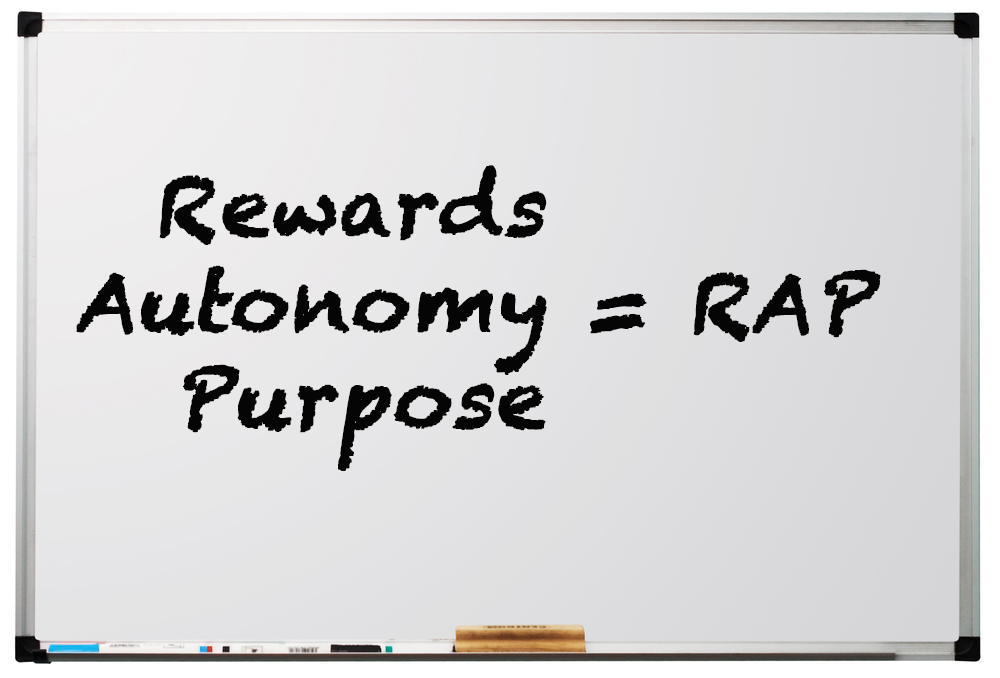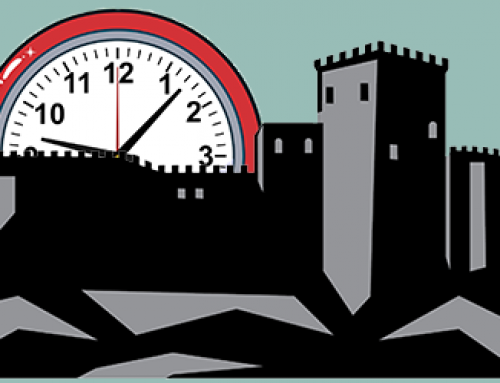Kayla looked down at her “Manager of the Year” award and smiled. It felt good to be recognized for the long hours and hard work. She knew she couldn’t have done it without the support of her team—but, if you asked her team, they wouldn’t have done anything without Kayla leading the way by changing the culture.
Six months ago, Kayla sat with all the other managers in a “leadership summit.” The executives announced that the new corporate initiative was to enhance customer satisfaction. Competition and technology had made most of the companies in the industry just like the others—the only variable left for improvement was customer satisfaction.
Because she managed the call center, Kayla knew that she and her department were in the crosshairs of the initiative. By it’s nature, dealing with customers puts you in the trenches right at the front lines—spending time solving customer problems, questions, and mistakes. After all, no one calls you to tell you that everything is working fine!
To make matters worse, Kayla’s call staff was traditionally judged and rewarded on how rapidly and economically they could get customers off the phones. As a result, callers were the enemy. The system was designed to bring out the worst in everybody.
Kayla knew this new corporate strategy required her department to think differently, see customers differently, and to act in new ways.
It was Kayla’s job to make sure that happened.
For Kayla, the number one factor in creating customer satisfaction would have to be friendly and  courteous service—and to achieve this, she would need to change the existing culture on three fronts:
courteous service—and to achieve this, she would need to change the existing culture on three fronts:
- Rewards
- Autonomy
- Purpose
Or, RAP—and Kayla had the latest in brain science to back her up.
Rewards
Kayla made it a goal to celebrate a job well done while still keeping the bar high. It was important for Kayla that she was specific communicating what behaviors would result in recognition.
In our brains, social rewards and recognition tend to release the neurotransmitter dopamine—which produces good feelings, and encourages us to repeat the same behavior. When Kayla recognized a team member’s strengths before the group, it lit up the same regions of the employee’s brain that would light up as if that worker had won a large sum of money!
Autonomy
Autonomy is when an employee senses they have control over their work, time, focus, and energy.
The company tried to enforce better customer service through strict rules that made employees feel micromanaged. Micromanagement—the opposite of autonomy—was the default behavior of many managers.
Micromanagement put employees in a threatened state—because they no longer have a sense of control. This resulted in anxiety and interfered with performance.
Kayla found that giving employees the freedom to stretch and to shape their work directly improved the customer experience. The perception of increased choice activates reward-related circuits in the brain, making employees more at ease and increased productivity and the quality of decisions.
Purpose
Kayla decided she needed to take time to help her team see, and fully understand, the “why” of their everyday work. She stressed that it’s not just a problem on the other end of the call, it’s a person, a family. She emphasized that, “You do more than answer the phone, you’re part of these folk’s lives.”
 Stressing the why to her team helped them to deploy the cognitive power of altruism. Studies show that the brain’s reward system is directly activated by helping others. When it’s clear to employees that they’re helping others through their work, their intrinsic motivation rapidly expands.
Stressing the why to her team helped them to deploy the cognitive power of altruism. Studies show that the brain’s reward system is directly activated by helping others. When it’s clear to employees that they’re helping others through their work, their intrinsic motivation rapidly expands.
Once Kayla explained the why of their jobs, her call center team transformed the way they dealt with customers.
By combining these three management approaches: Rewards, Autonomy, and Purpose, Kayla created a climate of trust that spiraled upward through her department and the entire corporation.






